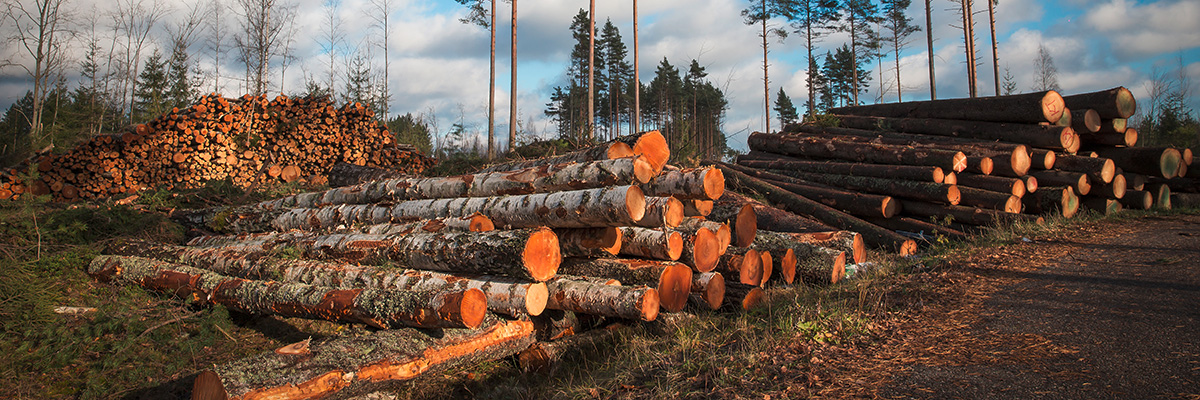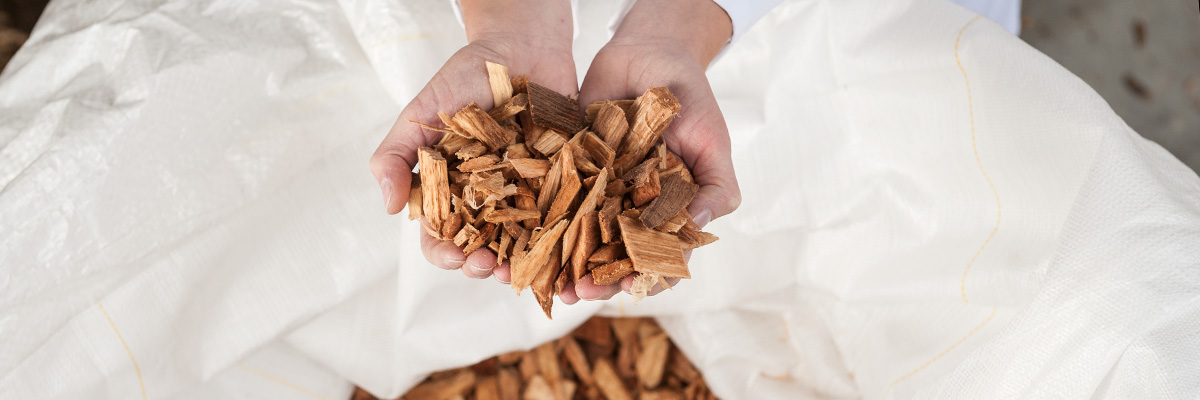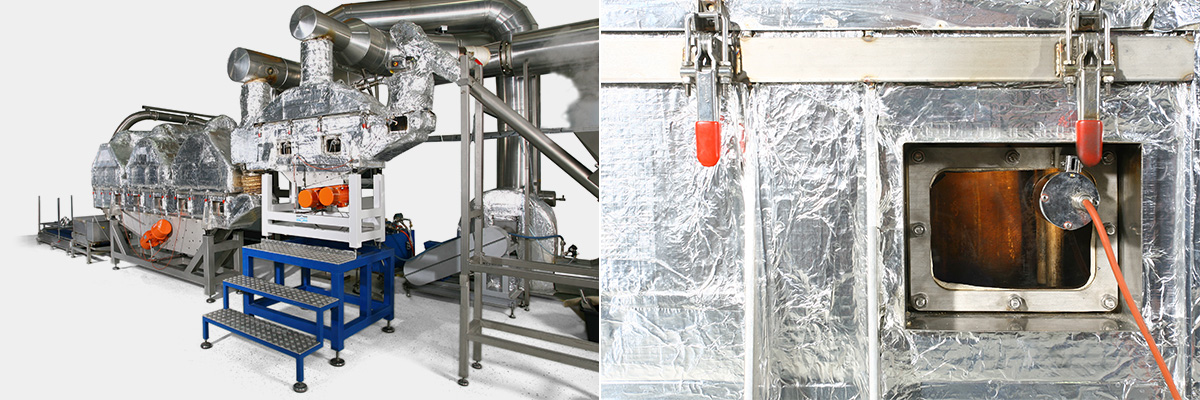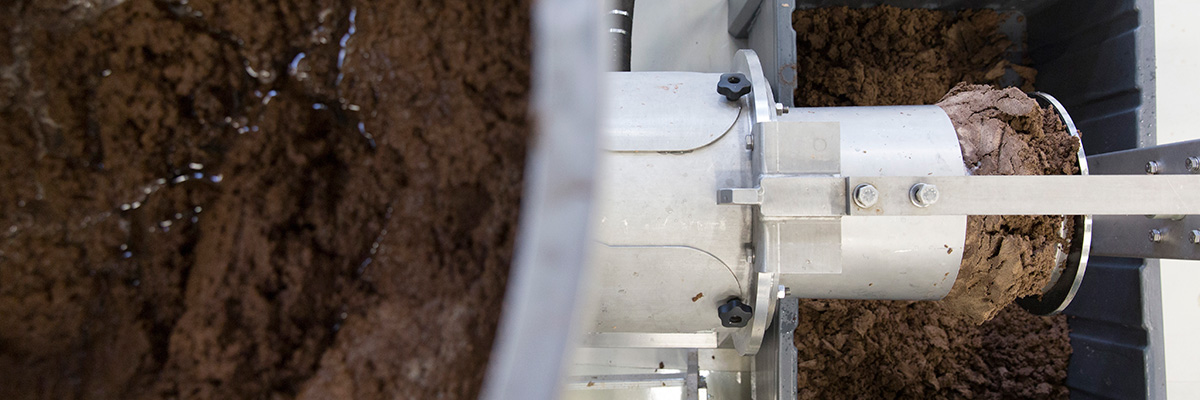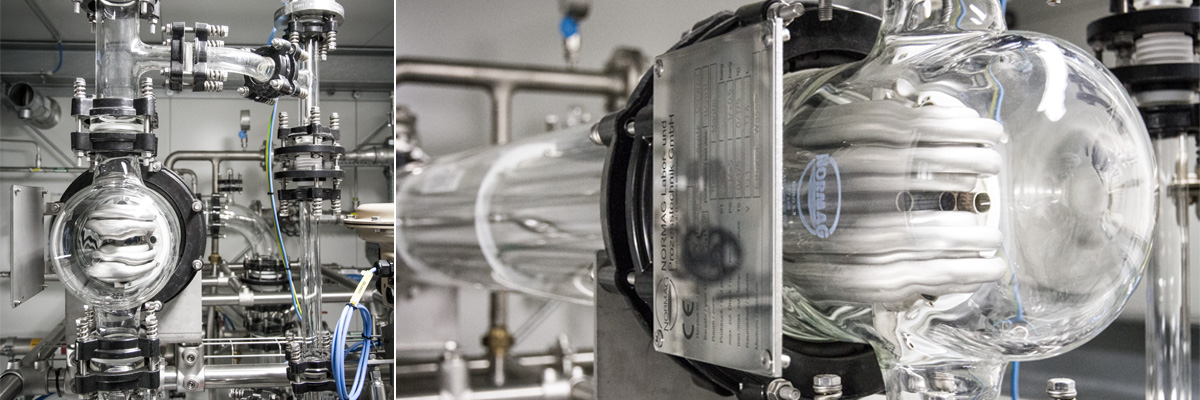Two recent articles have highlighted the long term legacy of petro-chemicals to our environment.
(1) One of the most remotest island in the world, Henderson Island part of the Pitcairm group in the South Pacific is covered by over 18 tonnes of plastic, estimated at 38 million pieces. This is the highest anthropogenic density ever recorded. Henderson Island is a UNESCO World Heritage listed island covering 3700 ha. Many of the pieces are old and brittle and buried up to 10cm deep.
(2) The body of Lulu a killer whale that was found dead in Scottish waters contained the highest level of PCBs (polychlorinated biphenyls) ever recorded. PCBs were banned in the 1970s but their legacy lives on in the environment. Killer whales at the top of their food chain will accumulate non-degradable toxins, including PCBs in their bodies. PCBs have been linked to reduced fertility, which may be linked to their absence in British waters even when seals, a species that they feed on, is in abundance.
Please follow these links to read the full articles:
(1) 38 million pieces of plastic waste found on uninhabited South Pacific island
(2) Race is on to rid UK waters of PCBs after toxic pollutants found in killer whale
